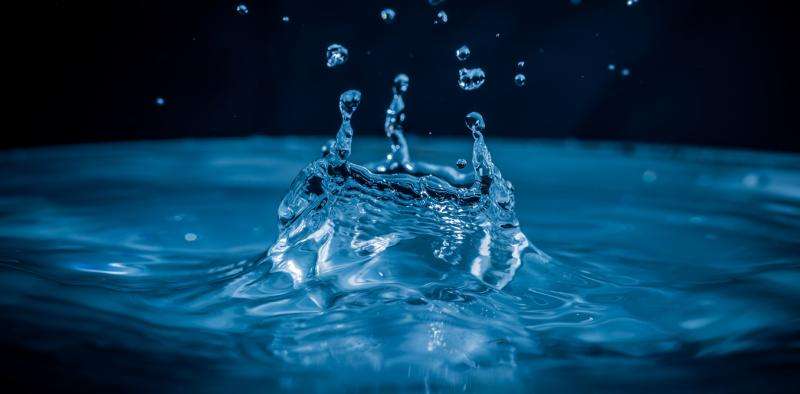Water is hands down the world’s most precious resource. Not only is it a basic necessity for the living things to survive but also essential for our daily household chores and living. Be it drinking, bathing, cleaning, and cooking or even as basic as flushing your toilet, without water not a single life task can be accomplished.
 Having clean and pure water available for both consumption and household usage can be a huge blessing as you know that almost 60% of human body is made of water. Just imagine how much impact having clean water in your system can impact your health. While on the other hand almost 80% of activities at your home require the usage of water, this doesn’t necessarily have to be 100% clean but hygienic and soft water can definitely make these tasks easier. You might be thinking what soft water is, for that continue reading this article and we will discuss in detail about soft water and the benefit of using water softeners.
Having clean and pure water available for both consumption and household usage can be a huge blessing as you know that almost 60% of human body is made of water. Just imagine how much impact having clean water in your system can impact your health. While on the other hand almost 80% of activities at your home require the usage of water, this doesn’t necessarily have to be 100% clean but hygienic and soft water can definitely make these tasks easier. You might be thinking what soft water is, for that continue reading this article and we will discuss in detail about soft water and the benefit of using water softeners.
Do you know that globally around 2 billion people use drinking water sources that are contaminated? Which is an extreme hazard to their health. That’s how difficult it is to source clean water for people around the world. Seeing this we have compiled in this article different easy ways to help you clean your water at home for both consumption and for other household tasks:
- Boiling:
Boiling water before consumption is the simplest and cheapest method that can easily be done at home to kill all sorts of parasites and germs. For this clean water should be brought to boil and left at rolling-boil for 1-3 minutes. Water should afterwards be covered and left to cool till the particles settle down. Filter these particles and you have clean drinking water at home.
- Filtration:
Filtration of water at home requires you to install a filtration unit from which the water first passes through before it becomes fit for drinking. Filtration is one of the most effective ways to clean water as it eliminates both large and small contaminants. Filtered water is both economical and also healthier as it doesn’t deplete the water from essential minerals.
- Distillation:
This method uses a simple method of heating the water in order to collect pure water in form of vapor. The water is heated until it attains its boiling point and stays on that point until it vaporizes. Next all these vapors are directed towards the condenser to cool them, this reverses the vapors into liquid water that is clean and ideal for drinking.
- Chlorination:
Chlorination is a powerful chemical to purify water for both consumption and household use. Chlorine tablets or liquid chlorine is used in water to clean it from all sorts of parasites and other disease causing organisms. It is an off the shelf product that is both cheap and effective. However extra care should be taken when using chlorine for disinfecting water for drinking purpose.
- Iodine treatment:
Iodine is a salt component which is also a powerful water disinfectant. Just put two drops of iodine in every quart of clear water and let it sit for 30 minutes to have clean drinking water.
- Soft Water Treatment and Benefits of Water Softeners:
Soft water is surface water that contains low concentrations of ions and in particular is low in ions of calcium and magnesium. On the other hand hard water has high concentration of these minerals. Although hard water is not harmful for consumption purpose as it contains extra minerals which are beneficial however it can be problematic for household usage. There are four different types of water softeners that include: Ion exchange, salt free, reverse osmosis and magnetic. The benefits of using water softeners include:
- Soft water is good for your hair and skin making them cleaner and softer.
- It takes less time to clean your house and dishes as chalky lime residues are formed because of hard water.
- Less plumbing issues saves you money.
- Soft water penetrates and dissolves better with soap, meaning more suds and a deeper lather for your body, clothes, and dishes.
Author Bio:
Isabel Speckman is a North Carolina-based freelance writer and work-from-home mother of two. In her 10 years as a professional writer, she’s worked in proposal management, grant writing, and content creation. Personally, she’s passionate about teaching her family how to stay safe, secure and action-ready in the event of a disaster or emergency.
Leave a Reply